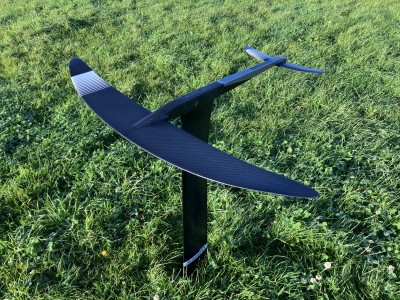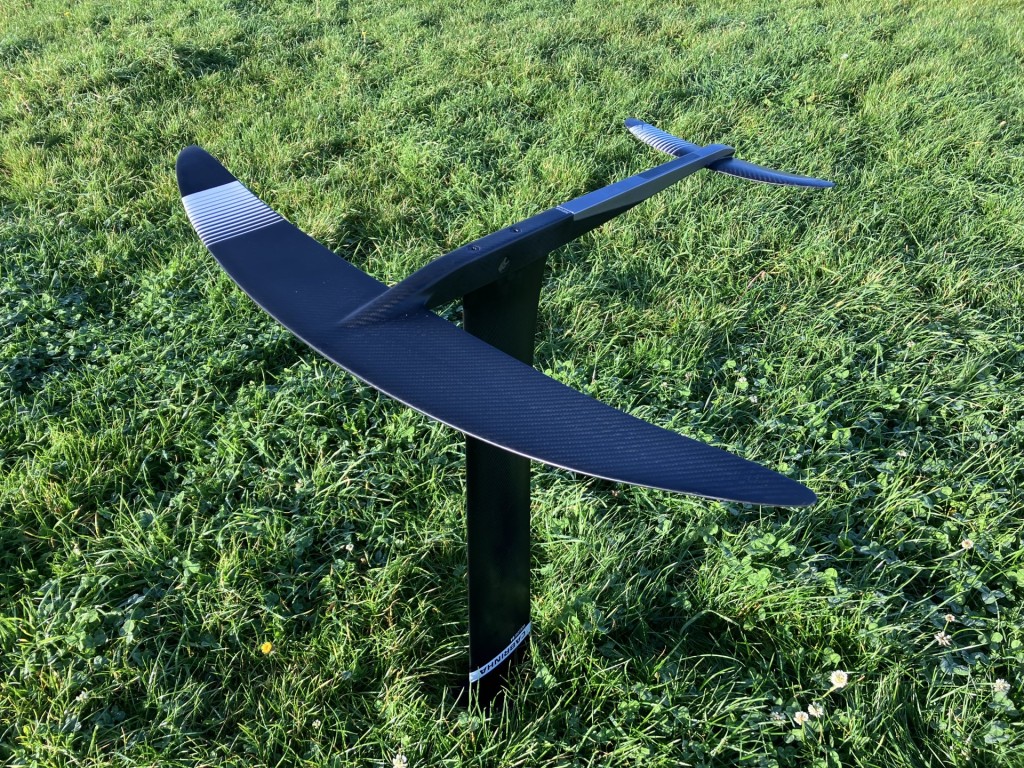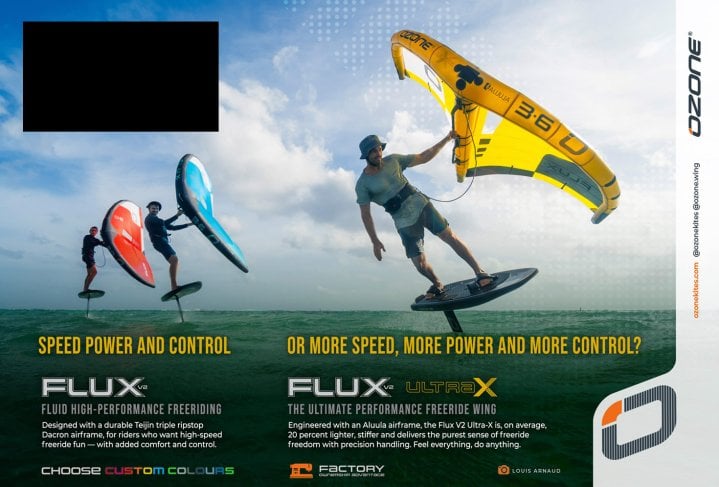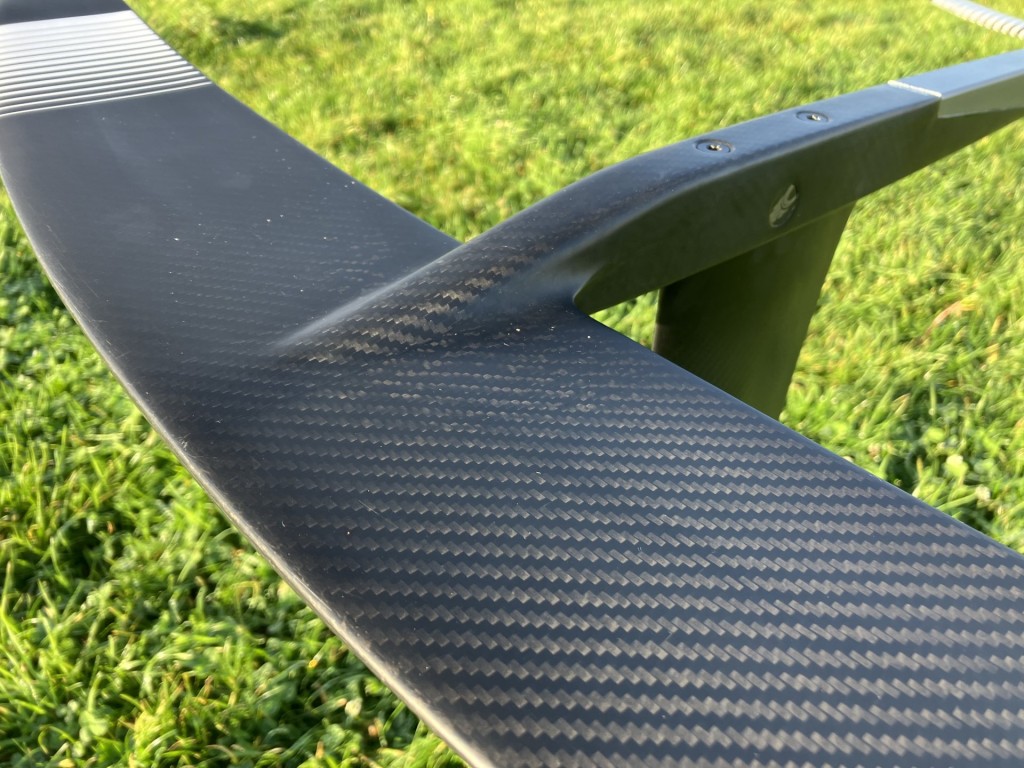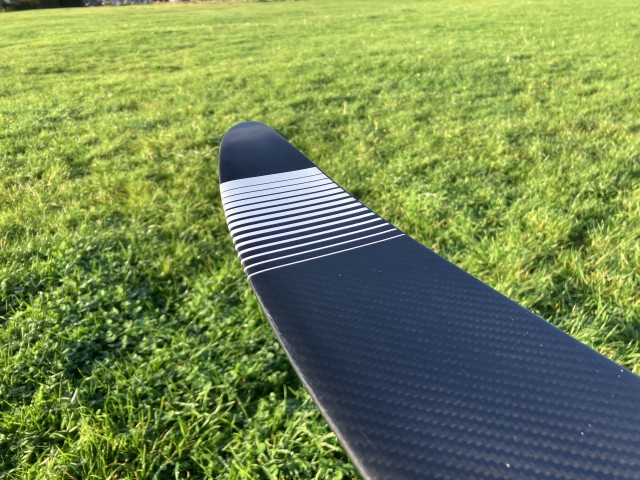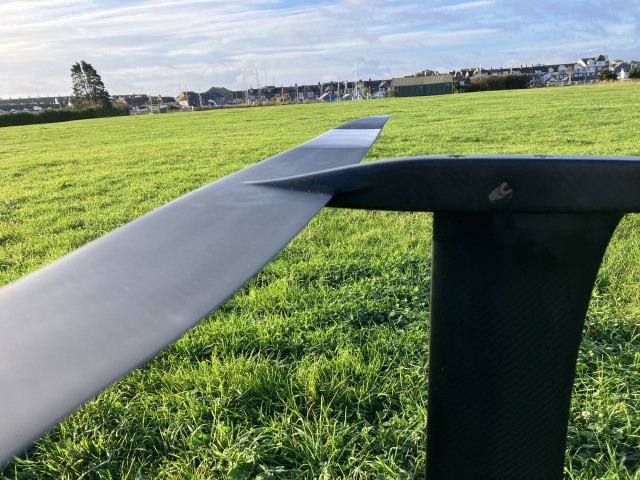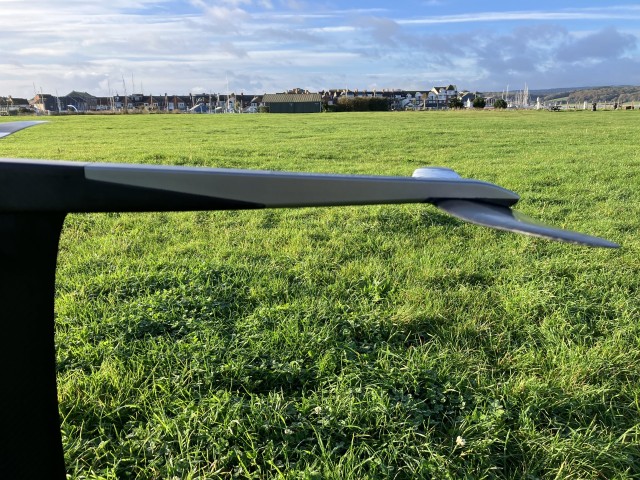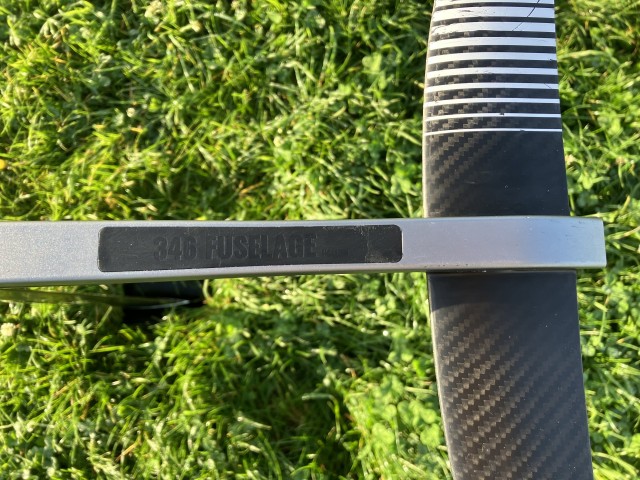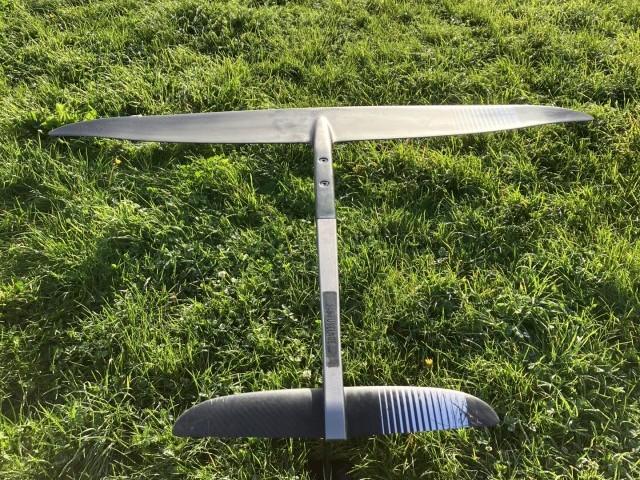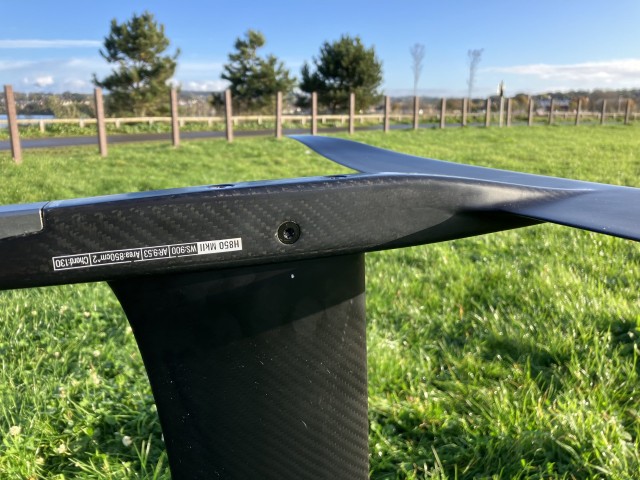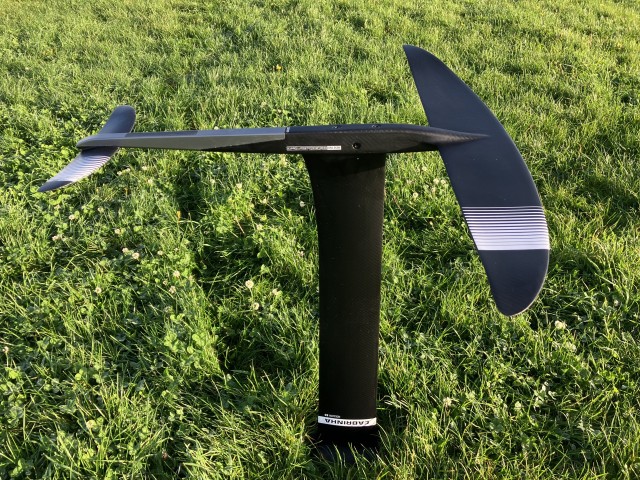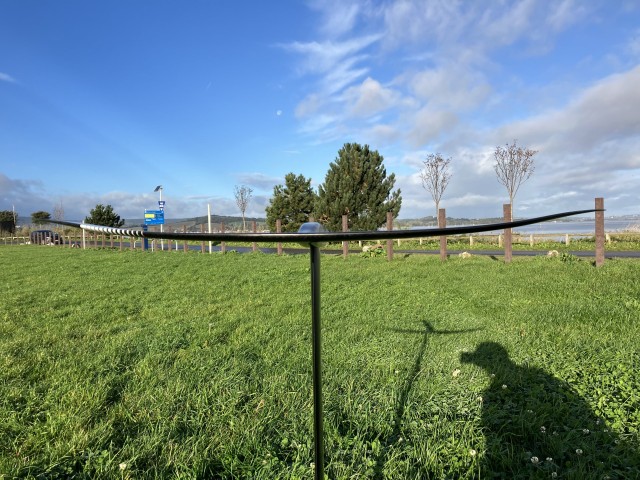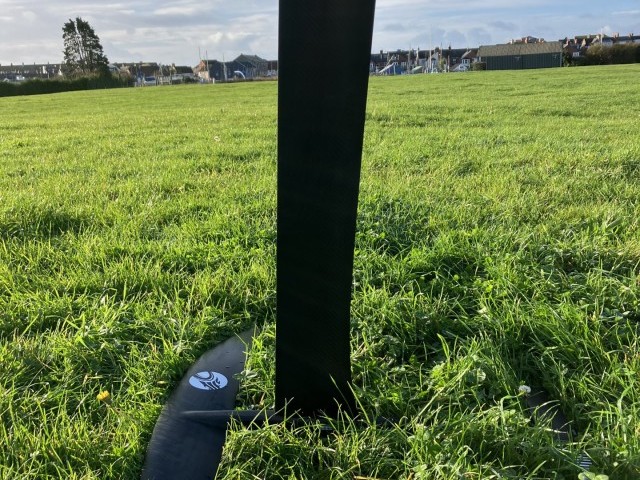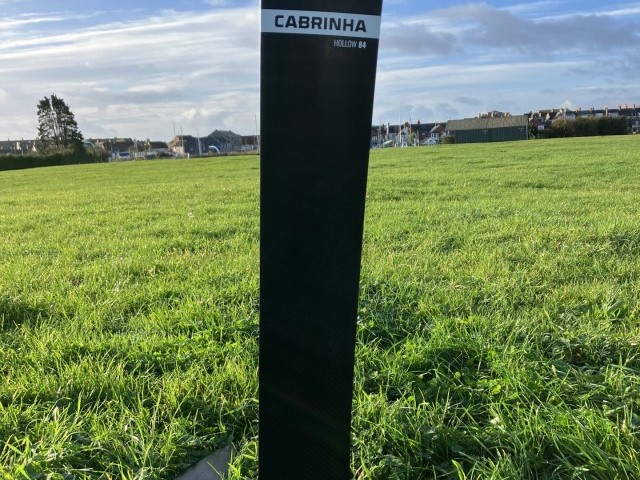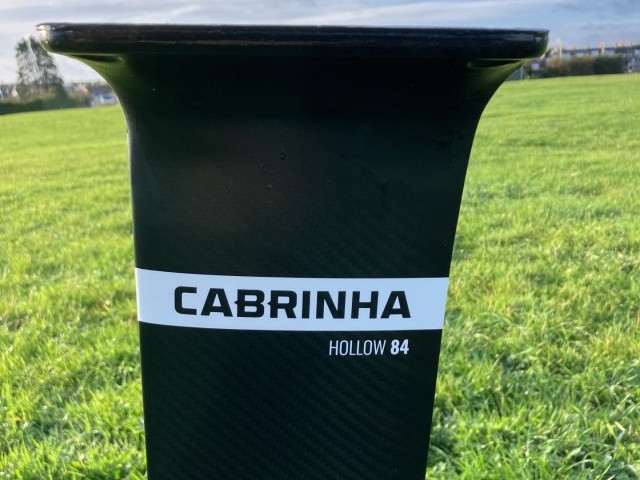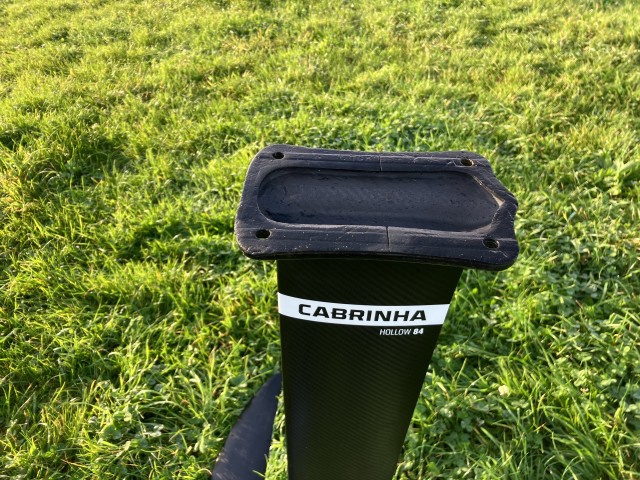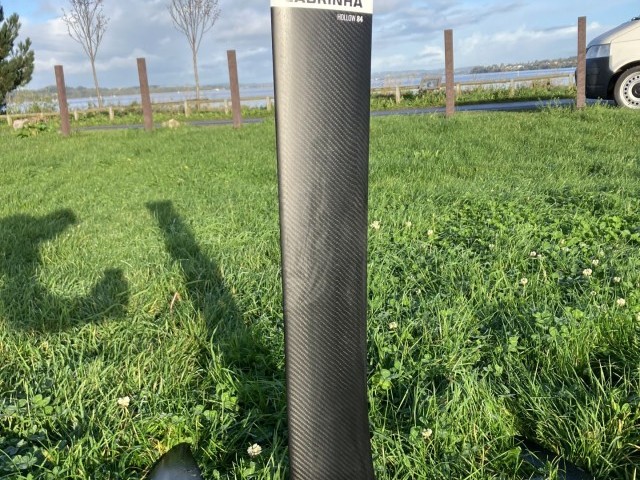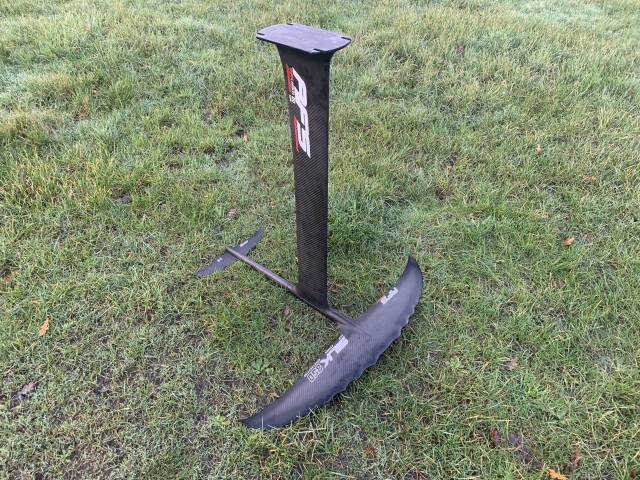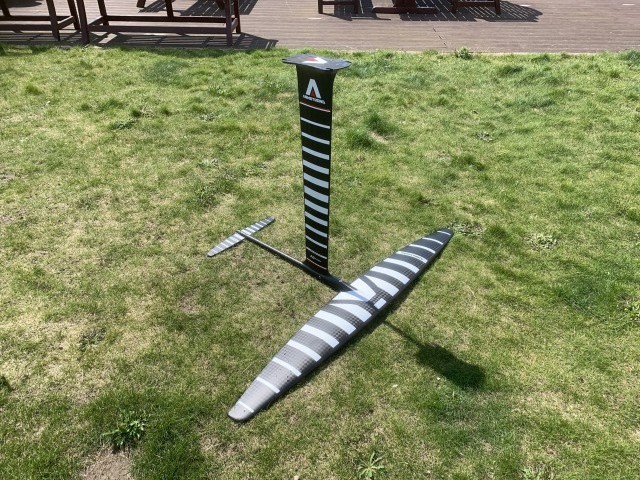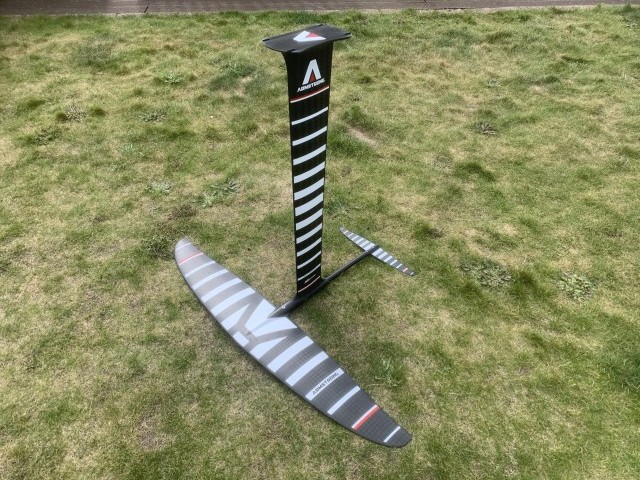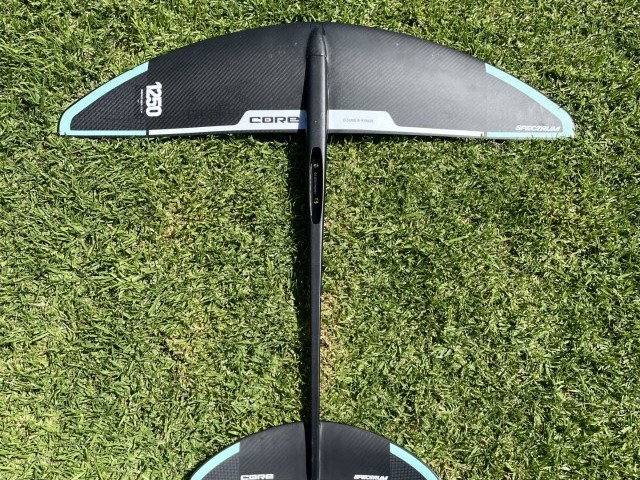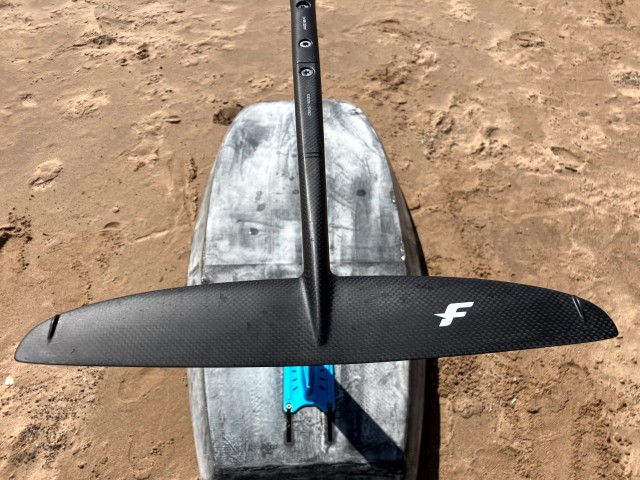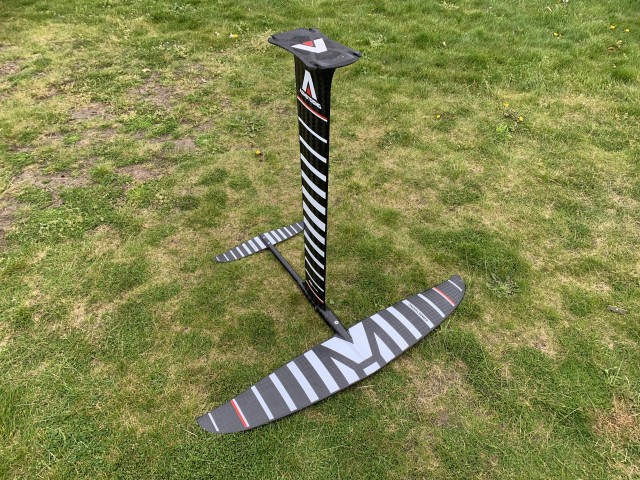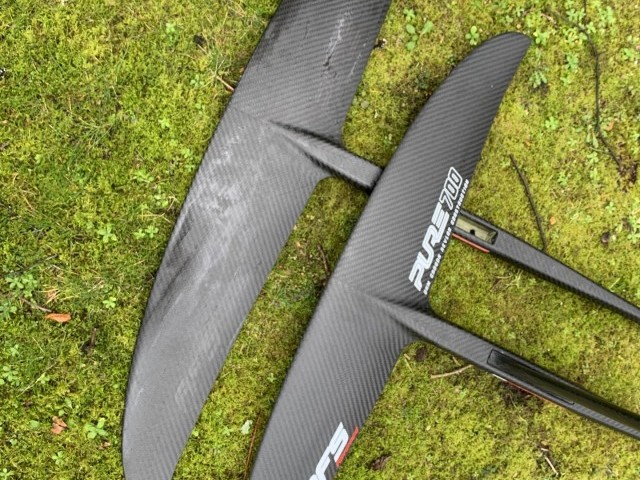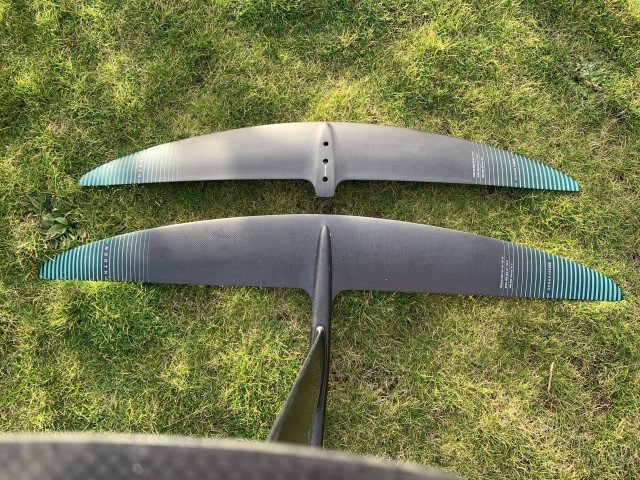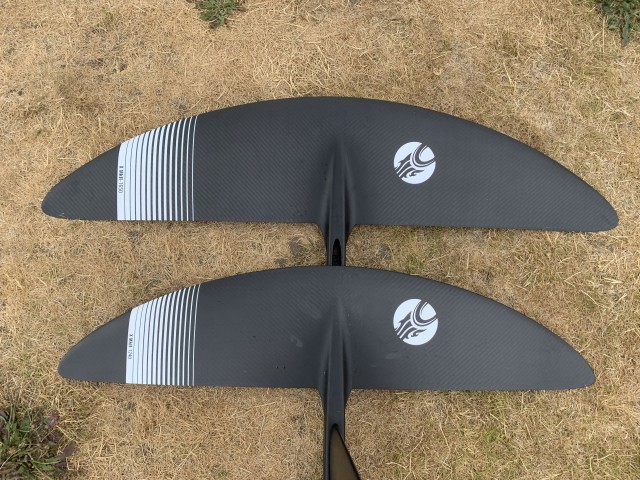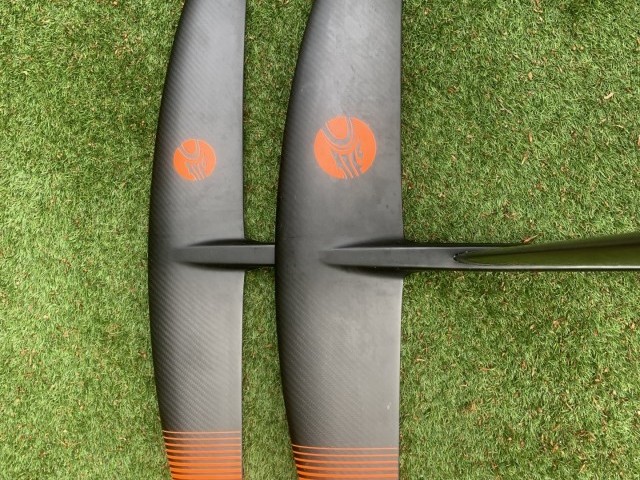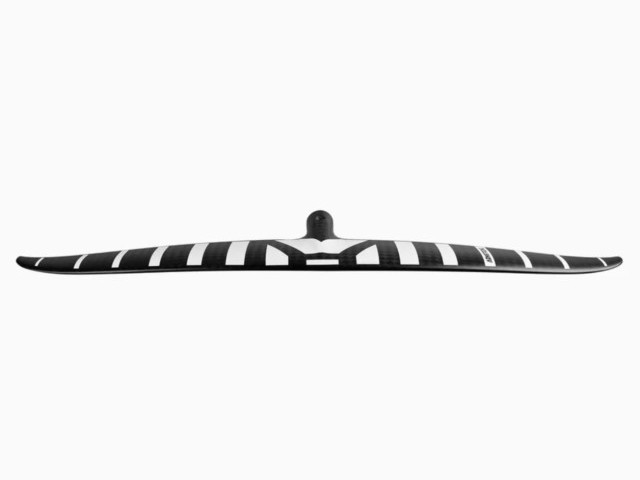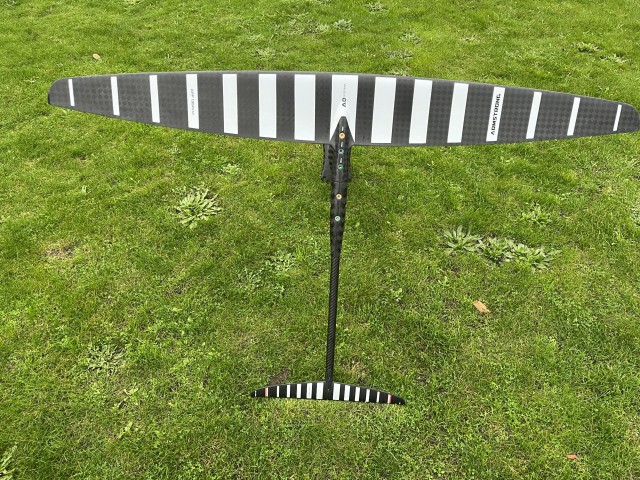At A Glance
The Cabrinha H-SERIES is back with an updated design and promises an even more efficient and high-performance package than before. With Cabrinha’s foil offering currently being relatively small, the H-SERIES MKII will hold the flag as their higher aspect design for all foiling disciplines. If it is anything like its predecessor, we know it will deliver both the speed and glide associated with the efficient high A/R designs, with impressive roll and carveability. This year, Cabrinha emphasises its increased speed range to increase its suitability for the more extreme disciplines (wing freestyle/racing). Given the broad size range available (550-1300) and rumours of an increasing tail wing selection, it should be pretty easy to find a combo for any discipline, and they’ll all be inter-compatible thanks to the modularity of the Cab Fusion system.
The H850 on test is a pretty spicy-looking foil and definitely gathered interest amongst friends on the beach during testing. When you take a close-up look, it has some very prominent design features that explain some of the prominent riding characteristics (which I only noted after riding it, so don’t worry, it didn’t introduce bias!).
The distribution of the anhedral curve of the H-SERIES MKII has been carefully considered. The central section on either side of the fuselage is fairly flat, presumably to maximise the lift of the central section of the foil, which has the maximum chord. The more aggressive anhedral curve begins around 60% along its span before flaring the wingtips back up. It has a moderate sweep to the profile and has a significant chord reduction along its length, resulting in minimal profile area at the wing tips.
The construction finish of the H-SERIES MKII is hard to critique. The pre-preg carbon foil has an impressive surface finish, a fantastic tapered interface between the integrated front fuse section of the front wing and the rear fuse section, and the mast connection point now benefits from a barrel nut secure system. This goes sideways through the fuse and mast to increase the torsional stiffness of the connection. The new hollow carbon mast is a significant step up from the composite Cabrinha masts of the past. It is significantly stiffer than ever before (particularly torsionally), is lightweight, and is definitely competing with the top players in the industry.
Sizes: H550, H700, H850, H1050 & H1300
On The Water
It seems boring to start a review with the take-off characteristics of a foil, but as one of the standout surprise performance areas of the H-SERIES MKII, I may as well get stuck into it right away. As an 80-85kg rider, my go-to foil for winging is currently a 950cm2 model, and I don’t tend to go out in underpowered or light wind conditions. Therefore, I hesitated about taking the H850 out in sub 20 knots on a 4m wing, but little did I have to worry. The takeoff characteristics were not in keeping with what I'd expected of high A/R foils. The foil felt liftier at takeoff than I expected for its size. The lift was progressive, from low-speed taxi-ing to getting settled in on foil after takeoff. It didn’t feel stuck close to takeoff speed/stall speed where the lift would come and go as you pumped the foil and wing if you were a little underpowered. I can see this being extremely beneficial in grovely prone foiling sessions. If I had to offer a beginner/intermediate winger a high A/R foil to try for the first time, this would be a go-to recommendation.
High A/R foils are all about speed and glide, and the H-SERIES MKII has both. It isn’t the fastest foil of its class, but the 850 had enough speed for any swell you’ll likely be riding an 850 in. It is one of those foils that will go fast but doesn’t run away from you and pick up speed on its own. It is also very composed near its top end, which leaves you free to concentrate on the riding you want to be doing rather than dealing with twitchy pitch control. It has loads of glide, and equally as important, it picks up energy from waves/bumps/swells brilliantly. This, combined with its very low stall speed (and progressive lift I mentioned earlier), made it super fun even in small waves and calmer sea states. You didn’t have to worry about running out of speed or coming off the back of the waves thanks to its efficiency, and you had all of the manoeuvrability of a small foil to get some playful turns in. Once again, the 850 had me feeling like I was on a foil size up thanks to its ability to pick up energy out of the smallest of bumps.
I can only assume it is because of the stiffness of the system as a whole, but the H-SERIES MKII is very assured in messy, choppy, and tidal water conditions. My local spot is a great testing ground in this regard, and spannier foils often come a cropper. Still, the Cabrinha quickly made me feel comfortable, even in turbulent water states.
Overall
What Cabrinha has done so well with the H-SERIES MKII is make a high aspect ratio foil that is easy to use. Many of the competitors are focusing on improving the carvability/turnability of their high A/R offerings, but having already unlocked that with their first iteration, Cabrinha has been able to focus on providing an insane size-for-size low-speed lift, easy takeoffs, and an all-around rider friendly high A/R package.
Videos
This review was in Issue 18 of Tonic Mag.
For more information visit CabrinhaRelated
By Liam Proctor


